View
This post is a continuum from Around Tongatapu, Part 1, where activities in Nuku’alofa and the island resorts visit-able by day-ferry were discussed.
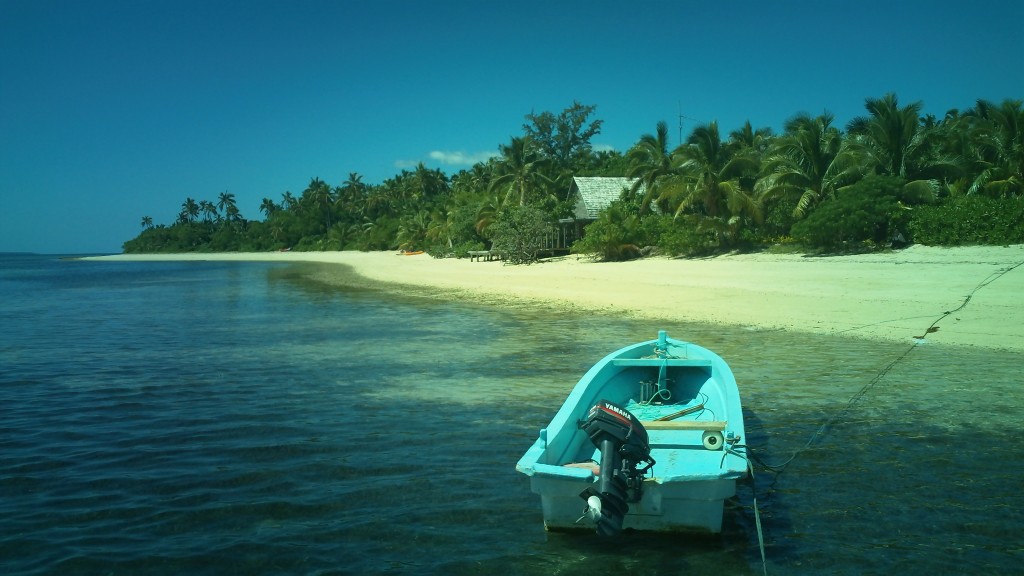
In part two, we’ll look at the farther-flung destinations of Tongatapu, all from the perspective of a do-it-yourself-traveler. For those who wish to simply book a tour, that’s certainly an option. The Kingdom of Tonga tourism website has helpful information as well as links to guides and packages. Other resources include Jones Travel and Friends Cafe and Visitors Centre. Many hotels and guest houses offer their own tailor-made packages to suit your choice. I can’t recommend any one tour in particular because Sam and I never did them. Car rentals or taxi hire are other options, and while there is also bus service, the schedule is confusing and sporadic. Personally, I think renting a bicycle and covering the island yourself is about the best way to get a real feel of the place (if you can suffer the farmer’s tan you’ll inevitably incur after a day of cycling!).
Tongatapu, Northwest Side
Back on the island of Tongatapu, several resorts await on the Northwest side of the island. Vakaloa is probably the fanciest resort, while its neighbor Liku’alofa has a fun, fale restaurant overlooking the sea. Both are open on Sunday with a full bar and restaurant for day-trippers. During Whale Season, both the Liku’alofa Treetop Cafe and Vakaloa’s restaurant veranda provide decent vantage points for whale watching.
Both also offer dinner-dance entertainment on certain nights of the week.
Traveling a bit further along the North-western beach road, the nature reserve of Ha’atafu awaits. Here, you can park your car on the side road and drag your snorkel gear over the white sands and hit the crystal-clear water in a matter of minutes. (Free Admission)
If you get hungry, the aforementioned Vakaloa and Liku’alofa are walking distance away via the beach. There’s also the Ha’atafu Beach Resort here catering only to night guests and it can be quite popular as Ha’atafu is known as Tongatapu’s only surfing beach.
(Snorkeling is within the lagoon that stretches from the beach to the coral reef where the waves break.)
If you follow the same North-west road all the way to the end, you’ll find yourself at the spectacularly blue Abel Tasman’s Landing Site. The view here is incredible and a popular place to hang out for a picnic or an afternoon snooze. (Free Admission)
Tongatapu, South-Central
Keleti:
Traveling from Nuku’alofa, down Taufa’ahau Road, you’ll eventually pass the fale-style Cultural Center on your left. Continue on until, passing the royal residence of King George Tupuo V (the large, gated complex on the hill to the right) until you’re about at the southern bend of the lagoon, just before the golf center. On your right, you’ll see a white church that is rather run down with vibrant stained-glass windows.
A sign at the side road just by this church will say something wonderful about Keleti Internaitonal Resort and beautiful people. Turn here, and follow the road through plantations until you hit a T. This is the southern coastal road (“Liku Road”). Turn left and a few dirt roads down, you should see another sign for Keleti. Turn right on this dirt road until you reach Keleti International Resort (indicated by a food and drink logo, and the turn off the main road is marked with a blue line in the map above).
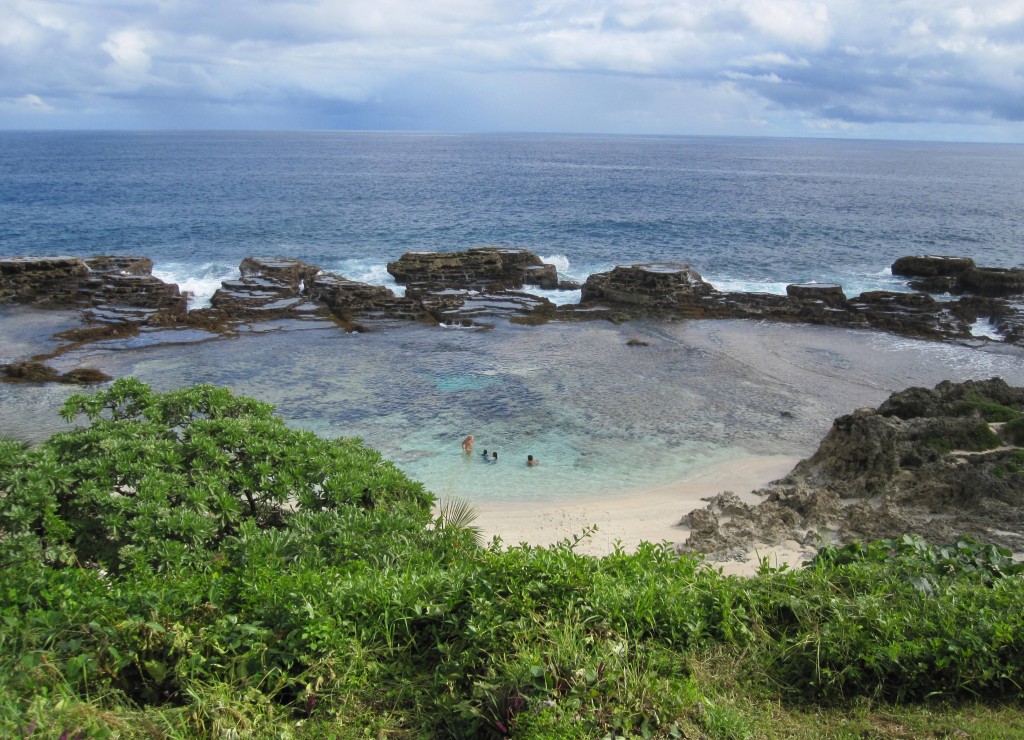
The resort itself could use some repairs, but the kitchen is functional and the restaurant serves up a decent burger. Here, you can enjoy lunch with fantastic views over Keleti’s swimming lagoon and an array of blow holes. If you take the foot path down to the beach and turn left, you’ll be in Keleti’s picturesque swimming lagoon. If you turn right and walk over the tide pools of coral rock, you’ll find an arch of white sand, beautiful water and lush tropical foliage, otherwise known as “Secret Beach.” (Also serves as a great spot for portraits!)
Keleti was one of our favorite places to ride our bikes to as it is close enough to not take your entire day, but long enough to get some exercise. And the view is, of course, spectacular. Admission is free if you eat there, and if you just come for a swim, chances are you’ll be asked to pay a small fee of about 2 TOP.
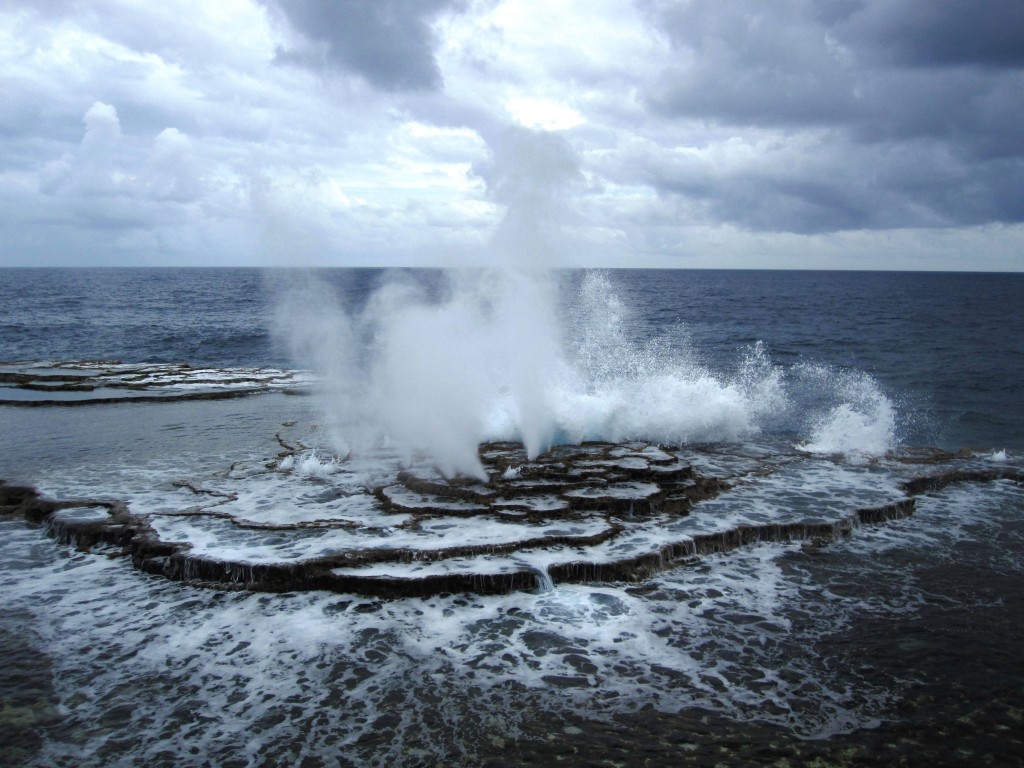
Mapu’a ‘A Vaca (a/k/a “Houma”) Blow Holes:
Back on Liku Road, you can turn toward the west (left if you’re coming from Keleti) and follow Liku Road until you reach the village of Houma and its stunning Mapu’a ‘A Vaca Blow Holes (camera logo on map). A friend of ours declares this is the best place to be in Tongatapu: high tide at sunset. Sam and I have never caught the sunset, but our friend is right about the view. Wander away from the cement viewing platform and down the little single-track path instead. Watch your step, as the ground can be a bit tricky, and then settle into your own nook to sit and watch the magnificent sprays of water crashing through pockets of rock. This would be a great place for a picnic if you’ve got the foresight to plan for it. (Free admission)

Natural Land Bridge:
Another favorite bicycling destination is the Natural Land Bridge. Even though this is also off Liko Road (albeit, in the other direction). However, because there are numerous, unmarked dirt roads leading off of Liko, it is easier to find the Natural Land Bridge if you approach it from the main central island road, Taufa’ahau Road.
If you are coming from Nuku’alofa, just stay on this road, passing the Cultural Center, passing the golf course and the University of the South Pacific, until you reach a village called Vaini. A blue line on the map above shows where to turn off Taufa’ahua, just where a big, white Mormon church looms to your right and the Vaini Police Department looms to the left. Take this road (turning right) and follow it all the way down until you can’t really follow it any longer.
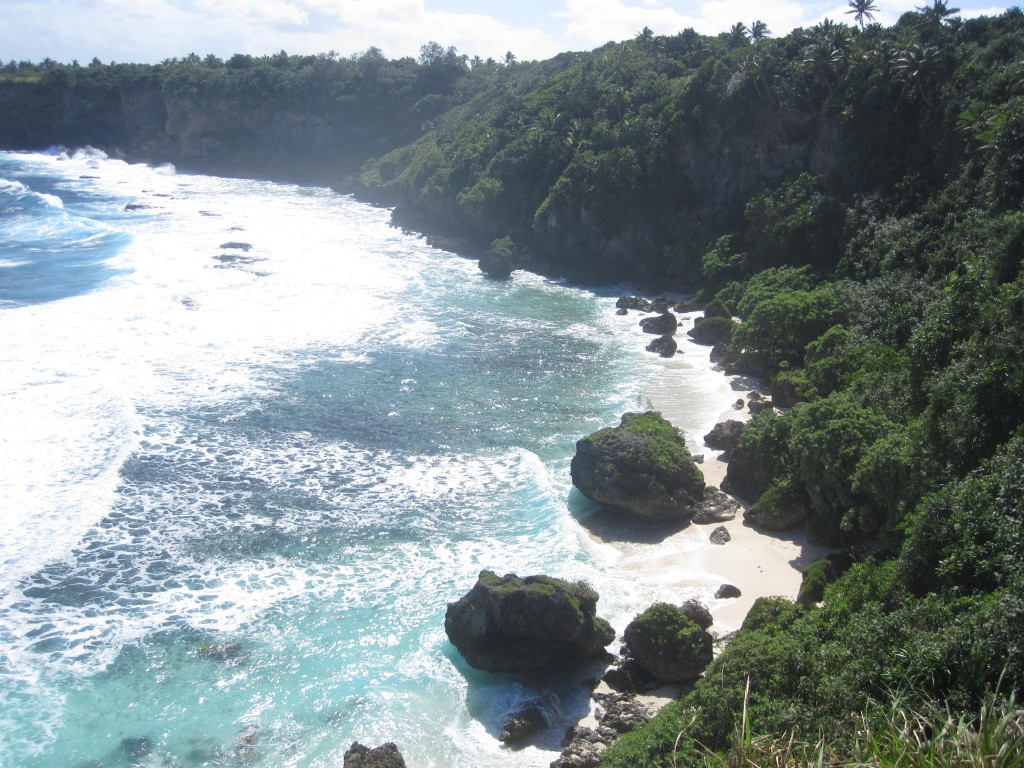
This is a pretty little bike route, going though plantations and shaded by eaves of eucalypti trees. You’ll eventually cross over Liku Road, but just keep following the narrow dirt road straight ahead. It more or less tapers out just where the land bridge hovers to your left. This is a beautiful spot, but we’ve been told that tourists have fallen to their deaths here as the ground can be open in spots, not easily seen by grass and underbrush.
If you curve left so that you are walking over the land bridge (with the sea to your right and the gully to your left), and if you follow that path through the pandanamus trees, you’ll be rewarded with lush cliffs overlooking crashing waves below. Another great place for a picnic and, if it is whale-season, a great place to bring your binoculars.
And if you follow the path to the right of the Land Bridge, you’ll discover a tiny footpath leading down to your own private little beach. (Free Admission to all sights)
Tongatapu, Eastern
Aside from the airport, there are 5 major destinations on the eastern side of the island:
Captain Cook’s Landing Site:
This is further along Taufa’ahau Road, just on the eastern bend of the lagoon. A monument overlooking Tongatapu’s enormous lagoon informs visitors that it is here, in the year 1777, that Captain James Cook first set foot on Tongatapu. (Free admission)
Royal Tombs:
The second item of interest is one that, despite 2 years of looking, I was never quite certain I’d found. I think I did spot them, it’s just that, to be honest, they are so unassuming that I thought I was looking at the wrong thing.
Basically, they are slabs of coral rock wedged about in verdant hills, and I wasn’t sure if what I’d found was just a regular cemetery or the infamous royal tombs. In any case, I comfort myself with the knowledge that others, when asked, admit they aren’t quite sure where these mysterious slabs exist either. I know they are located on the eastern side of the island in the Mu’a area (The 3rd ancient capital of Tonga), that they are slabs of royal tombs called “Langi” used from 1200 to 1800 when Mu’a was the capital, but that’s about it. The black and white map above I only stumbled upon after researching it, so perhaps it will be of some use to others. (Free admission … assuming you can find them!)
Haʻamonga ʻa Maui:
Meaning “Maui’s Burden” is a trilithon (a structure made of 3 coral slabs and configured like an upside-down-u) dating back to the 1200’s when Tonga’s 11th king, Tuʻi-tā-tui, commissioned it. No one knows quite what the Ha’amonga ‘a Maui was built for, but many agree it was probably a gate or a doorway to the king’s palace complex. Informational boards in varying states of disrepair offer insight into the structure and on the weekends, women lay out tables to sell their wares to passers by. The Ha’amonga is located on the far north-eastern tip of Tongatapu, and is approachable by several roads as the main Tongatapu map demonstrates. (Free admission)
‘Anahulu Cave:
Midway down Liku Road on the far eastern side of Tongatapu, awaits ‘Anahulu Cave. For 10 TOP per person, you’re given passage into Tongatapu’s limestone cave and underground fresh water pool. The cave is lighted by generator, casting eery light over stalactites and stalagmites as you make (or stumble) your way to the fresh water pool. A flashlight is definitely recommended because, even with the generator, it can be difficult to see.
Once you’re done exploring the cave, exit outside cross over the sandy graveyard and visit the picturesque ‘Anahulu Beach. Often, visitors take a dip in the sandy-bottom area to the far left side.
Hina Cave and ‘Oholei Beach Resort:
The last stop on this side of the island is the ‘Oholei Beach Resort and its famous Hina Cave.
The elaborate steps leading from the parking area down to the beach serve as warning for the return trip when full bellies make the trek back up much more laborious.
Every Wednesday and Friday evening (and some special occasions) the resort offers a tonga-style buffet featuring delicacies such as roast pig, Ota Ika (raw fish marinated in lime juice, coconut milk, onions and often, cilantro), and other tasty treats, all the while being serenaded by bongos and ukeleles.
After dinner, guests file into the adjacent Hina Cave where a variety of traditional Tongan dances, interspersed with the proprietor’s own version of stand-up comedy, entertain you late into the night. If a buffet is your thing but cave-dancing not so much, swing by on Sunday afternoons when the buffet brunch is served at around 2.
And that’s a wrap for Tongatapu!
Of course, if you’re keen to visit Eua, or the major island groups of Ha’apai, Vava’u or even the outer isles of the Niua’s, your list of options begin anew. Flights and ferry service are available for any of these destinations (flight only to Niua’s, I believe), but remember transportation (and all businesses except select tourism lodging and dining facilities) are out of operation on Sundays.

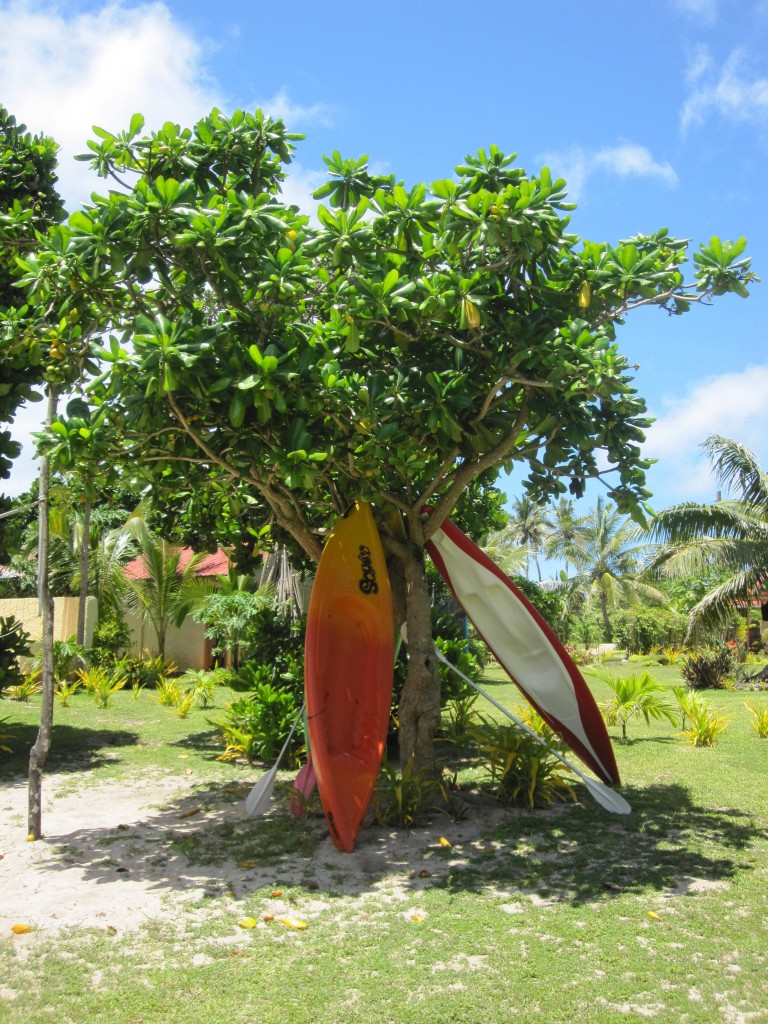
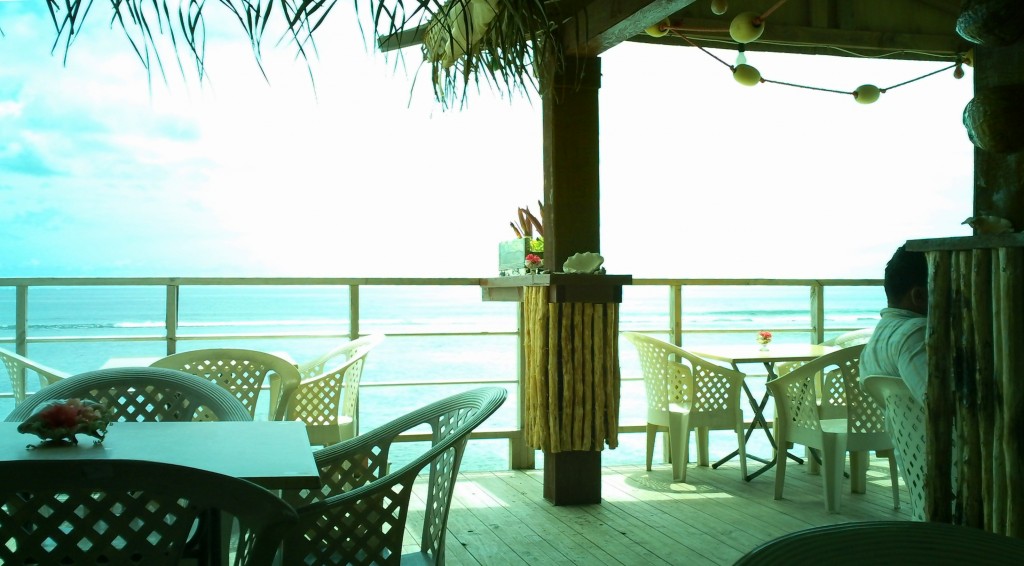
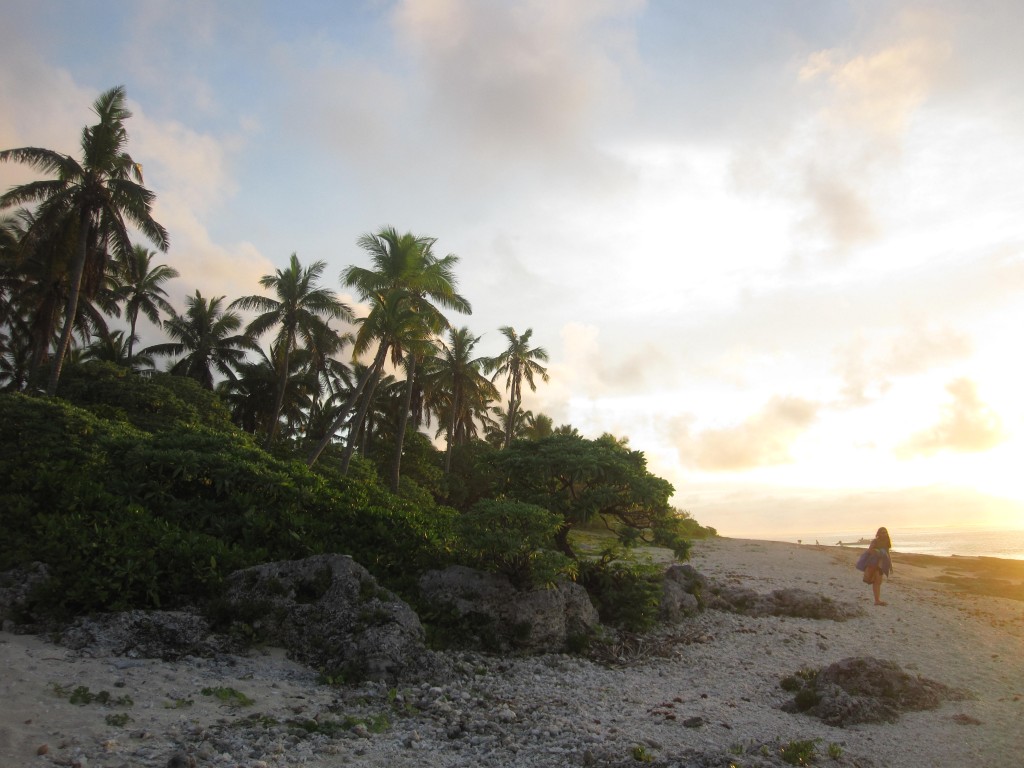
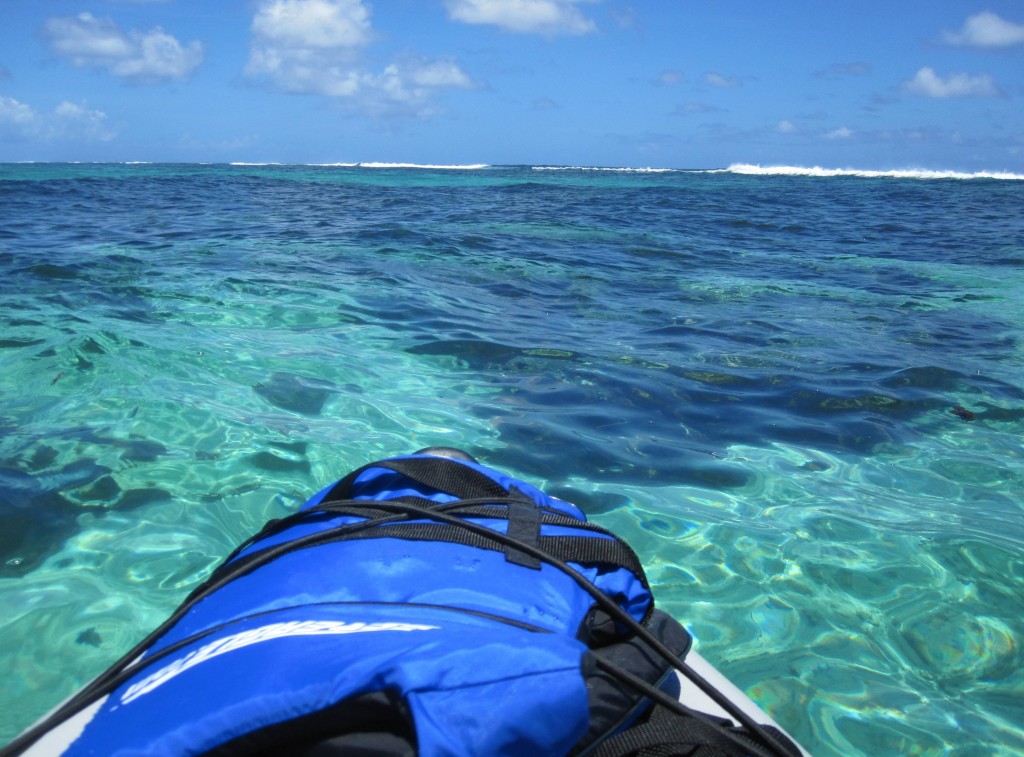
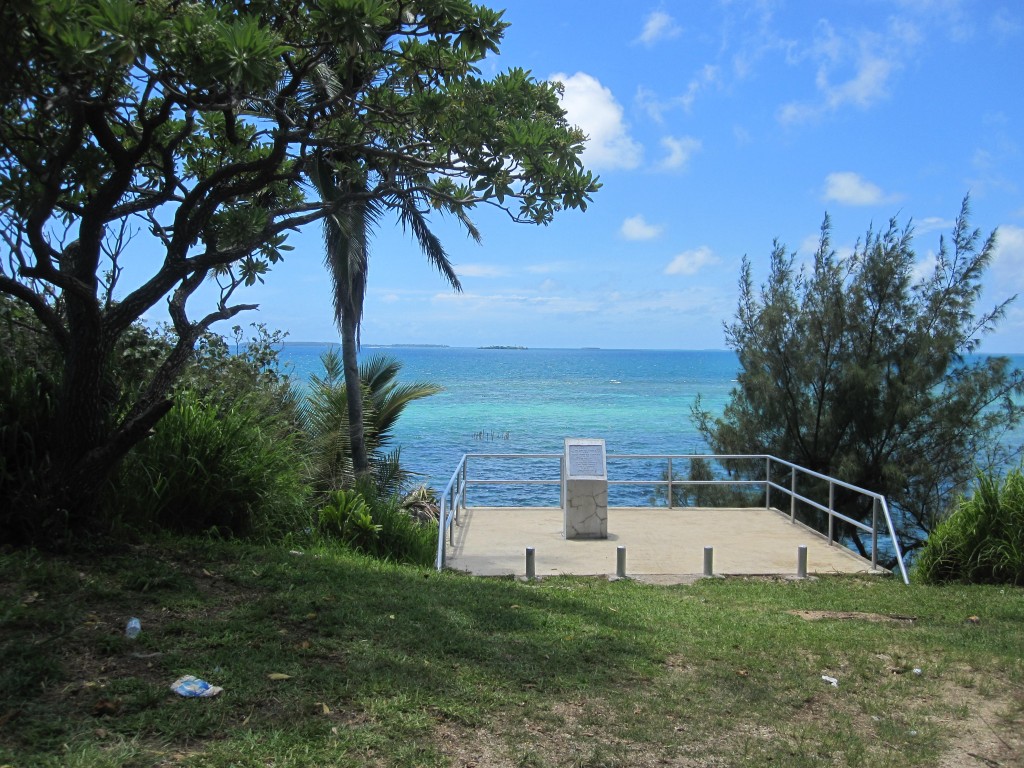
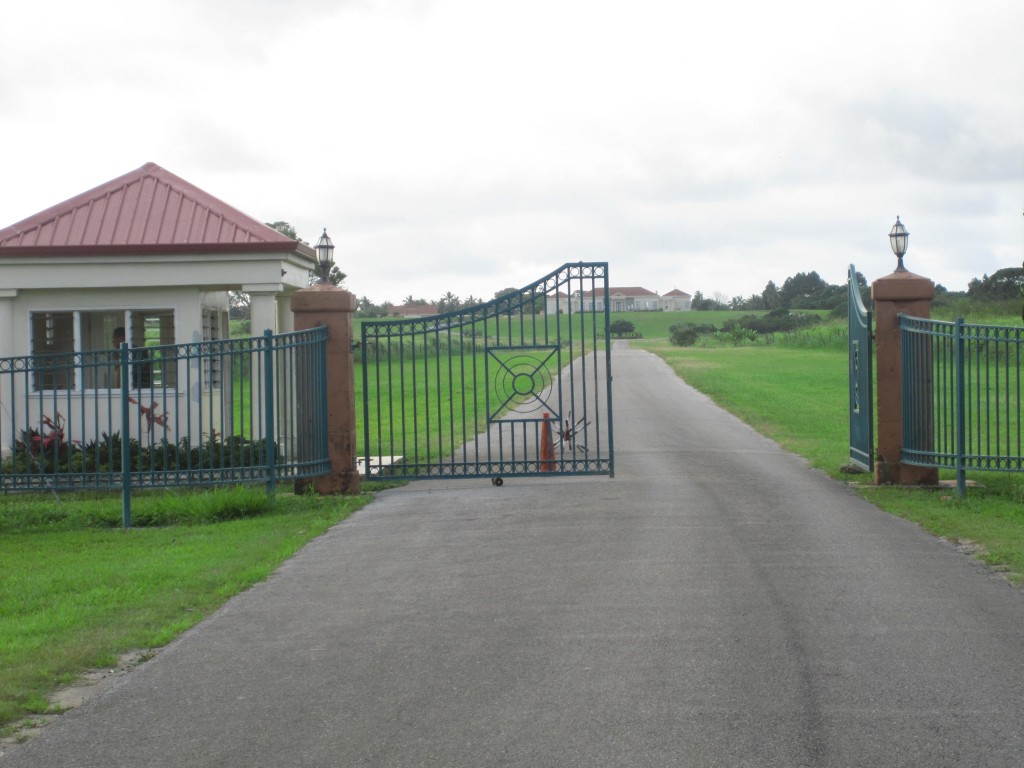
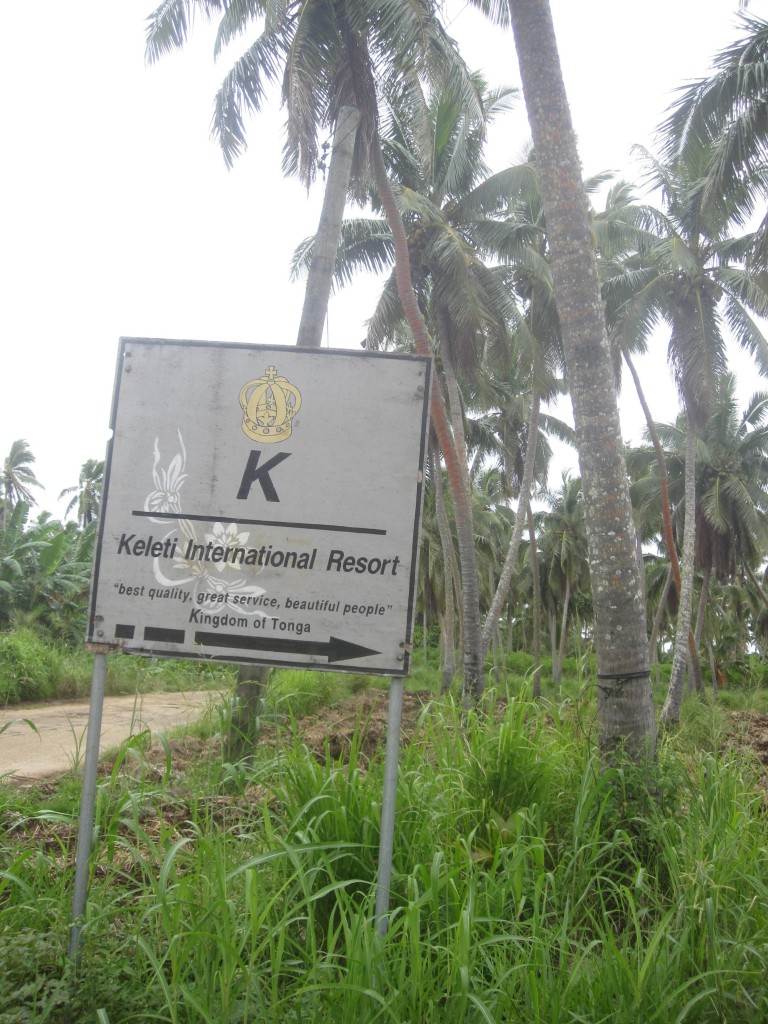



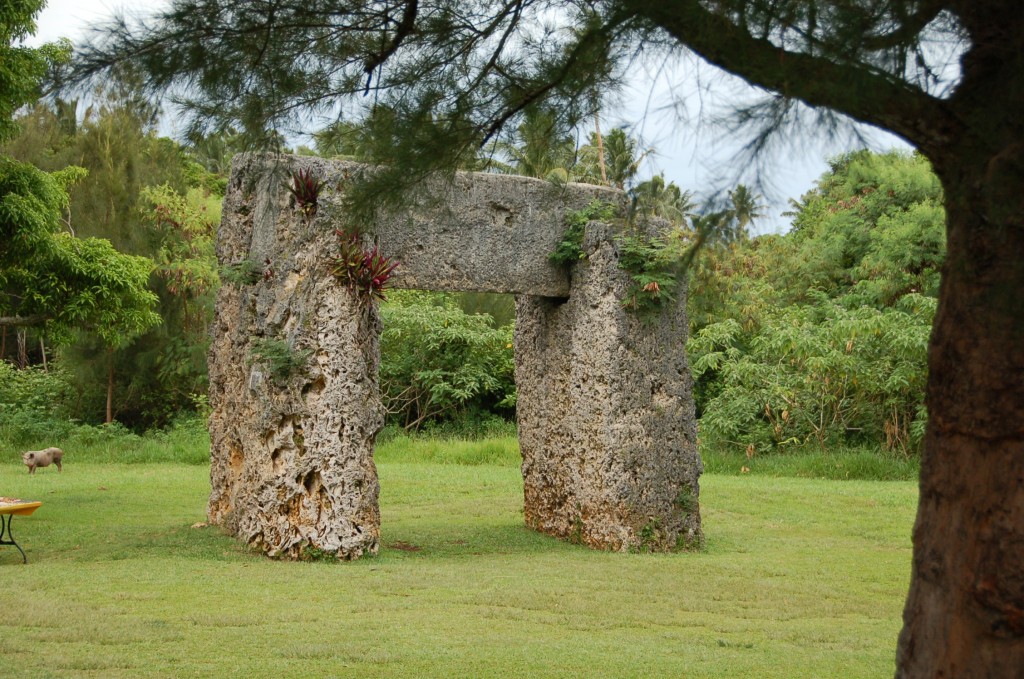

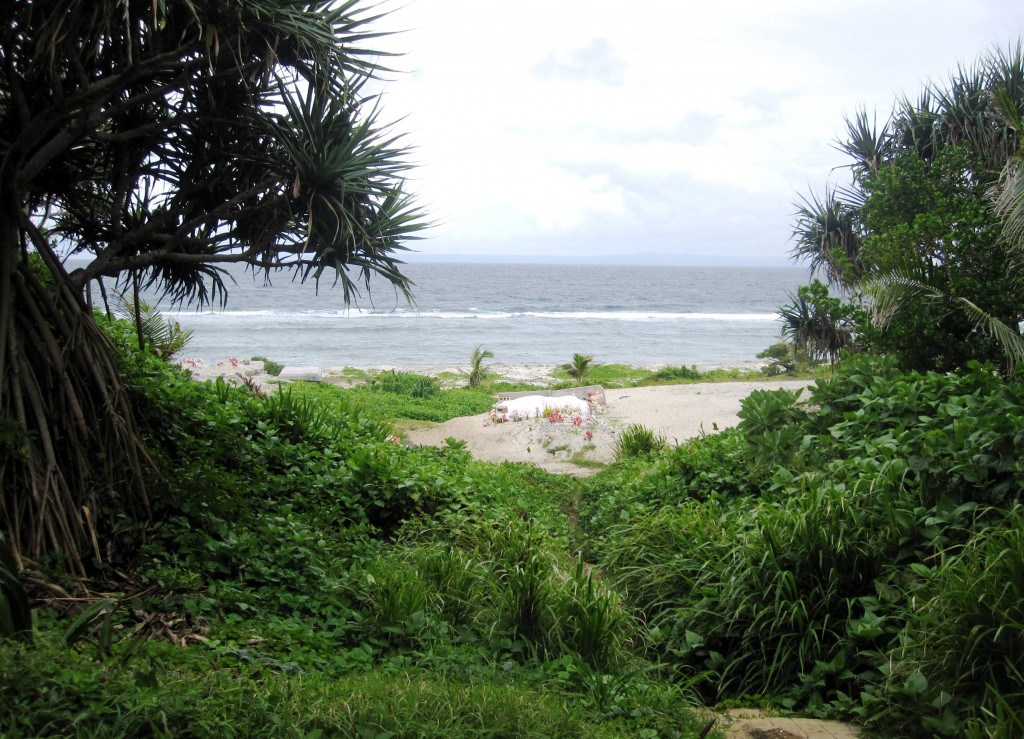
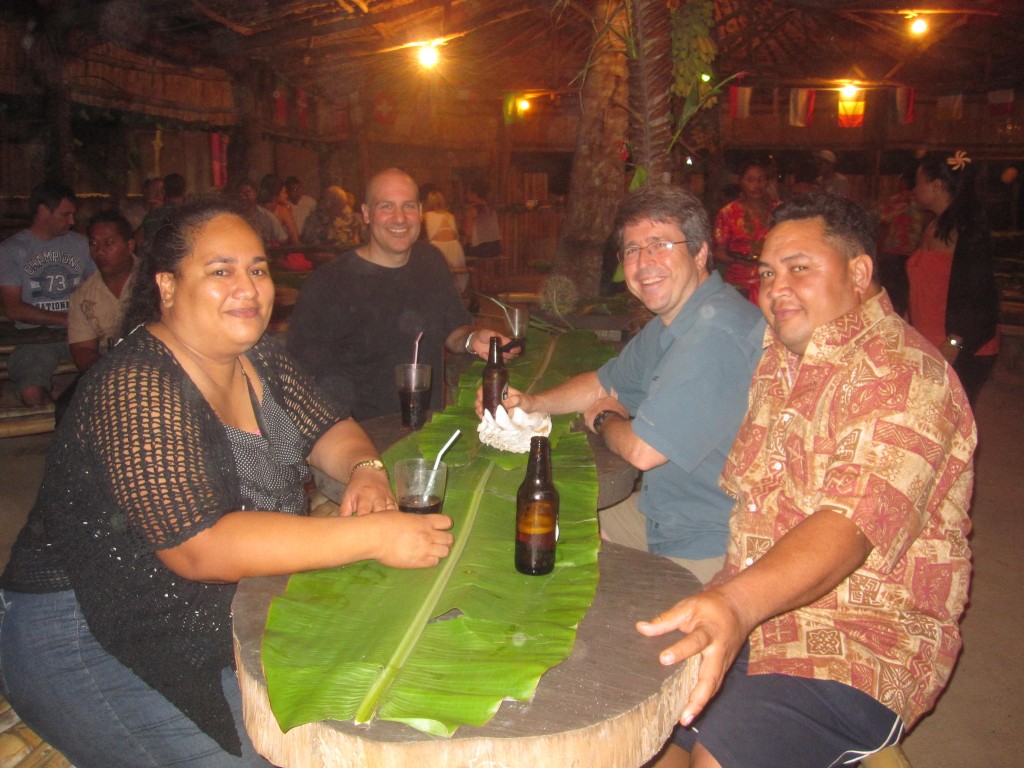
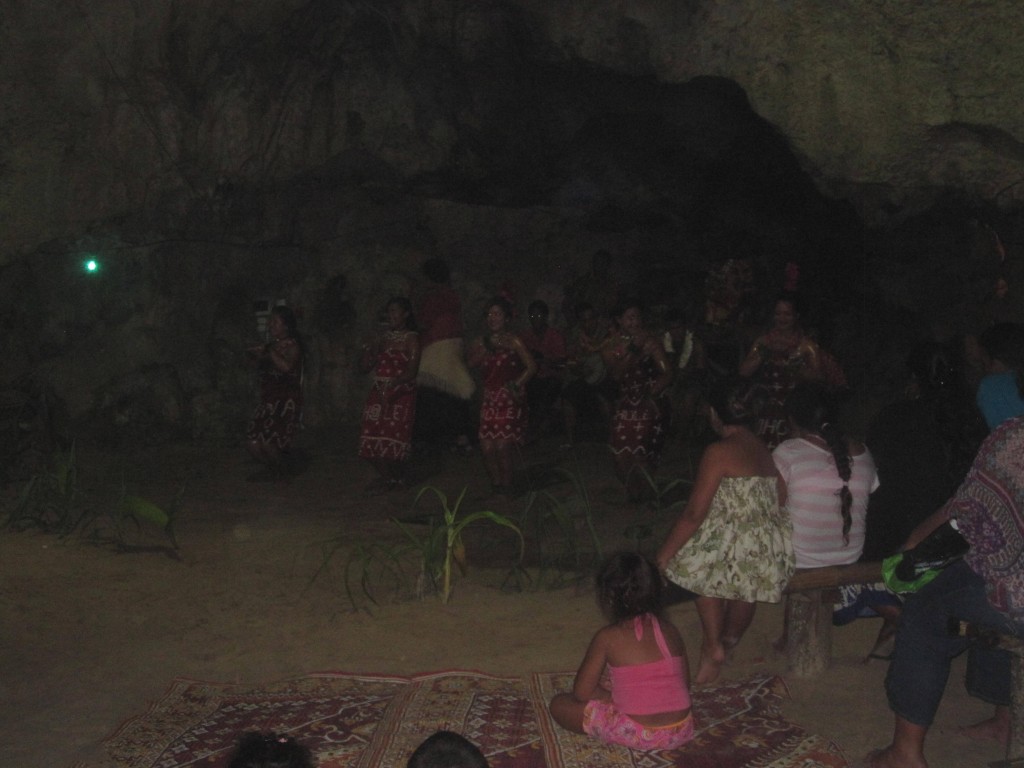
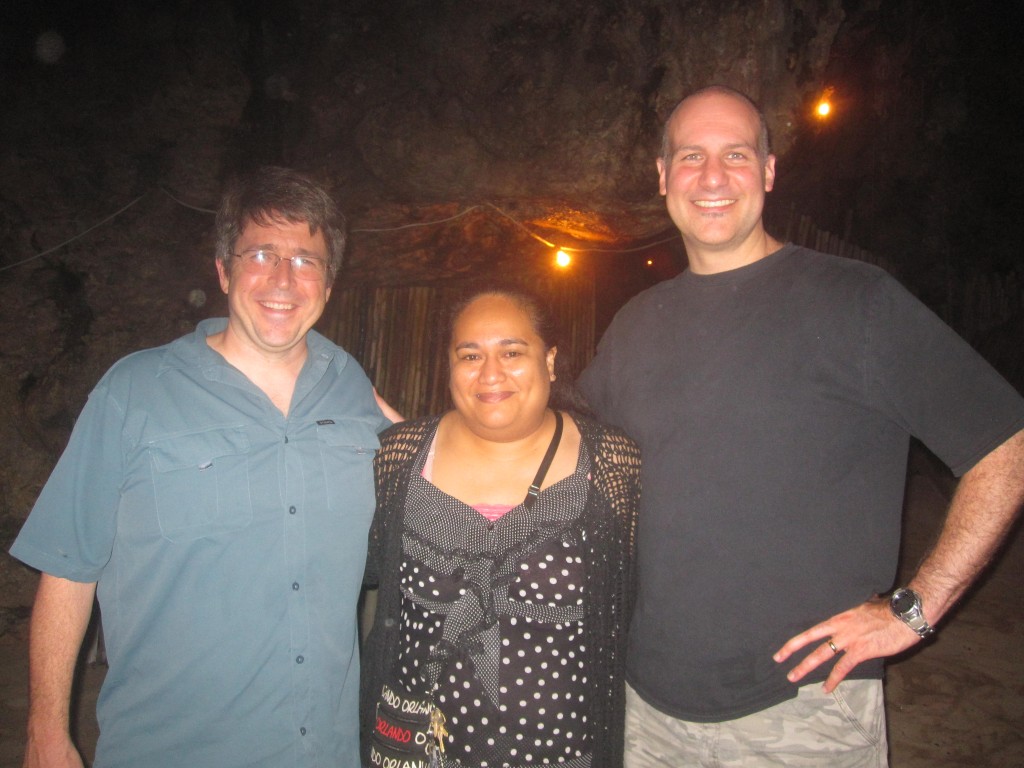
This is the best blog I’ve seen on Tongatapu so far. Really informative and I really, really love your orientation towards traveling because I see a lot of myself in it. I had never originally planned on renting a kayak or a bike but now they both seem to be must-do’s.
Are the roads in good enough condition that a scooter is worthwhile? I’m sure it’s a bit faster paced in a lot of ways but I’ve heard that some of the roads are in a pretty bad state.
Any recommendation for accommodation on a student budget?
Will be passing along the blog to all friends and family that stay in Tonga!
Malo :D
Hi Jordan,
Thank you for visiting and thanks, too, for your kind words! I can not help but to say that some of our favorite memories of Tonga involve times when we were either cycling or kayaking, so … yes! Both of these activities are definitely must-do’s in my book. :)
When we left Tonga, there were only a few scooters being used on the island and I recall my husband and I remarking on how much fun that looked. Pros: traffic is pretty chill (if disorganized) and the weather is great, except when those downpours recreate Noah’s Flood. Cons: Many of the roads off the main avenues can be pretty riddled with pot-holes as you guessed, and the dogs can be aggressive, as the post addressed. Despite these things, I think if you go slow and cautiously on the side roads (and wear a helmet!) it would be doable. Like bicycling, I’d come prepared for potentially aggressive dogs. In our opinion, exploring the island by cycle (be it push-bike or motorized) is still well worth it, despite these obstacles.
Accommodation: We were there for two years and had a home, so we never stayed in a hotel in Tongatapu. I do know that Tonga tends to be disproportionately expensive when it comes to accommodation. I recall Toni’s Guesthouse as being a popular choice for backpackers in Tongatapu and I think there was another one called Lose’s, but as I never visited either place, I can not comment on them otherwise. Do you know when you will be arriving and what areas/islands you hope to visit? If so, I can contact a friend there and see if they could recommend a place….
In any case, I am excited for you and I hope you keep me posted on your journey!